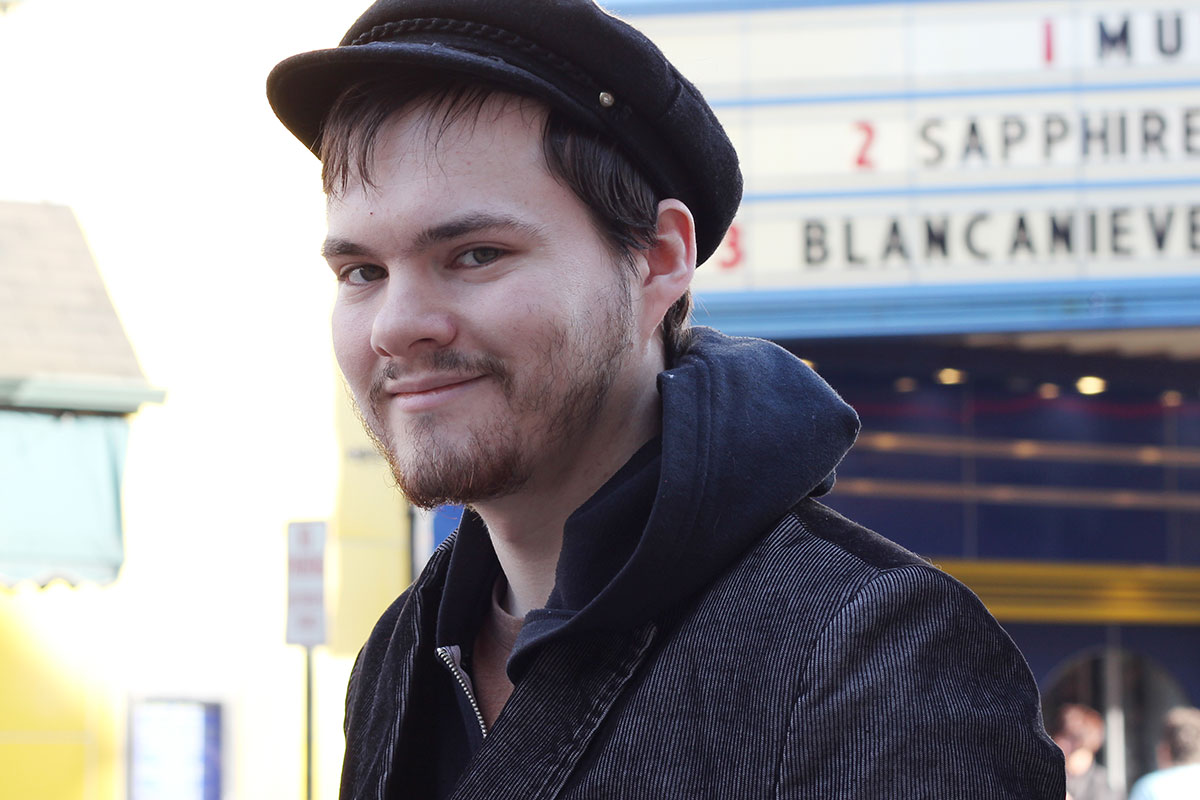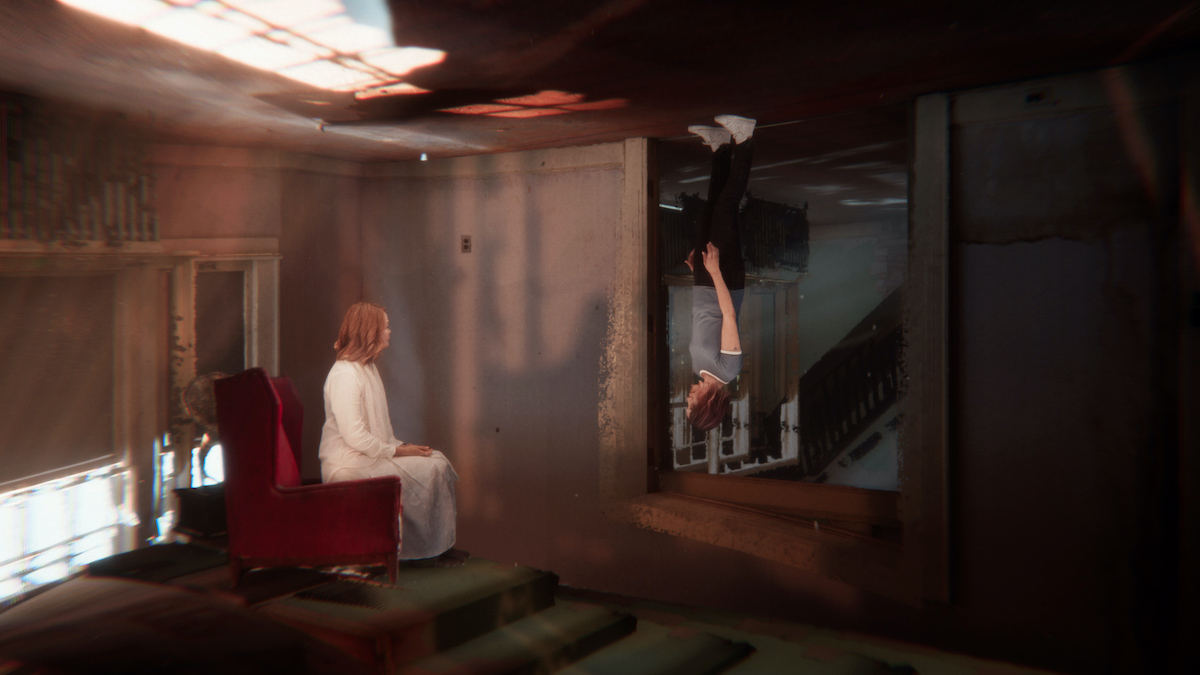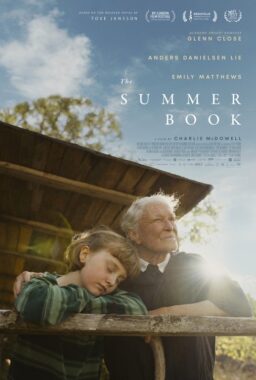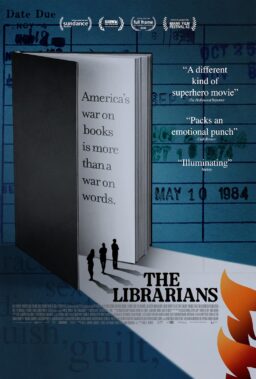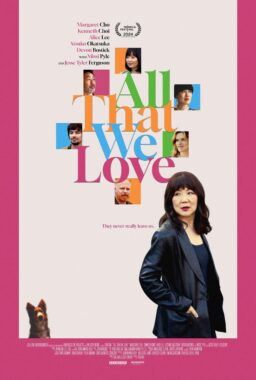The one thing I wanted to ask Neill Blomkamp he didn’t know how to answer. He’d gone from an extremely promising and talented young filmmaker for whom Peter Jackson was going to open his million-dollar toy chest and let him do as he pleased, to the kind of filmmaker reviewers lived to put down. “District 9,” his consolation prize when his proposed “Halo” movie never got off the ground, became an international sensation, scoring millions at the box office and ending with an Oscar nomination for Best Picture opposite “Avatar” and eventual winner “The Hurt Locker.” Not bad for your first time at bat. “Elysium” followed and though the response was less breathless, the box office take was enormous. “Chappie” was the oddball and most personal third film, but the reviews seemed to scare off a number of follow-up projects, including a proposed “Alien” sequel and a “Robocop” sequel. His true follow-up came after he started experimenting with exciting new digital technology in short films made on the sly for his studio Oats. When COVID-19 first struck, he was hit with a quandary: how to make something without any of the usual resources? And how best could all this beautiful digital imagery be utilized?
The result is “Demonic,” his smallest work in a hundred ways, and his most intimate and deliberate. It’s the story of Carly (Carly Pope), who reconnects with an old flame (Chris William Martin). He has some odd news to share. He went in for a clinical trial a few weeks back and while he was there he saw Carly’s mother in there, in a coma. The researchers there are trying to communicate with her but they don’t know how to talk to her. Would Carly consider entering a simulated dream world they’ve designed to speak with her sleeping consciousness? The dreamworld was imagined in a technology called volumetric capture that requires hundreds of cameras to take an image of a person or a place and replicate it digitally. The final images are bewitching, like “A Scanner Darkly” meets “The Sims,” and once you enter the world, you never want to leave. All that is interesting, for sure, but what I really wanted to know is … what is it like to be Neill Blomkamp? To work for millions of dollars, to have been at the mercy of a ruthless critical machinery and a careless studio system, to be so public-facing while trying to make works of art steeped in his lifelong love of film. He’s made some of the most interesting art of the last decade, but he doesn’t even seem all that anxious to think of himself as an artist.
“No one’s ever asked me that question before,” he says, thinking hard, when I ask him about the things about himself we might not know, the hard truths about being this kind of filmmaker. It’s practically my job to imagine it, but here was my chance to ask him. What is it like to have victories and defeats come with the same shockwaves? “I don’t really see how I’m different from any other filmmaker. It’s grueling to try and make something personal and filled with passion and at the same time fit into a corporate economic system. It’s hard but it’s also worth it and it’s satisfying. Once it’s done it raises a lot of separate questions about the amount of connection it has with the audience and how important that is. It’s a big question.”

“Demonic” looks on its face to be something of a departure for you, but still within it is the question of the humanization of technology. You obviously made one of the great movies on this subject in the last decade, but what was the impetus to probe in this particular direction?
The primary reason to want to make this, beyond the pandemic and the desire to shoot something … the main reason I wanted to do this was I wanted to see if I could make something with a lot of tension and brooding dread under the surface of the images. That was for sure the main driving goal. The technological elements … I think what you’re getting at is this idea of some sort of human heart that’s still tied to or explored through the use of technology which I guess is a theme that keeps coming up. A lot of that stuff is subconscious. It comes from a place of intuition. I think the more you intellectualize it, the further you get form the artwork if that makes sense. I’m not always sure why something feels right to me but in this case that took a backseat to the primary thing, where even looking at sunsets, I wanted there to feel this sense of dread.”
Yeah, for a while you’re not sure what character the horror will take, and yet, you filmed two people at a picnic table on a beautiful day and it feels like a slasher film.
[laughs] That was the goal. The combination of those two things, that the dread never leaves the imagery, regardless of what it is. Simmering.
Reminded me of the tech-thrillers of the ’80s like “Evilspeak”…
What’s it called?
“Evilspeak.” It was one of the video nasties.
I’ll have to check that out.
Did you have to re-align your approach to suit the material? To make something more overly horrific?
I don’t know if you’ve seen the stuff we did with Oats, but “Rakka” and “Zygote” and “Firebase” were all a step in this direction.
Yes.
The main separating factor between this and the other stuff I’ve done is that there’s always a level of quirk or satire in the stuff I seem to be drawn to, and I wanted to do something that was dead serious. No room for quirk anywhere. Very controlled camera work that felt like there was a level of restraint being exercised when we just sit with Carly. The only experimenting I’d done with that was with the stuff at Oats. I wasn’t looking at it like, “I’m making a horror film, what are all the tropes of a horror film, I have to get them exactly right.” It was just a slight step to the left compared to normal. It’s got science fiction elements as much as horror.
There are moments where you peer behind the curtain of the plot a little and you’re reminded of the early work.
What about it is like the earlier stuff? It’s sort of … quite different, isn’t it?

Oh it is. Without spoiling too much, but when there’s a hint of malevolence revealed in the machinery of the clinic, I thought of the kind of evil organizations behind the threats in your first three features. In fact maybe my favorite thing in the movie is you hint that there’s going to be a set-piece right out of your early work, but it doesn’t wind up happening the way it seems like it’s going to.
That was a budgetary thing. [smiles] That cracks me up. The movie’s like 1.9 million, it started being totally self-financed. My brother and I run the small company that made the film, and he said to me “Dude, are you sure people aren’t gonna want more with the guns and stuff …” And I said “Yeah, I don’t think we can afford it,” but I also love when films do that and you just kind of expect the audience to catch up.
I think it plays beautifully, but maybe that’s just my perversity as a viewer. But it winds up keeping the film on a very intimate scale. It pays rich dividends, you get the sense of scale without losing your heroes in a larger canvas.
Everything was meant to be hyper-intimate. You kind of live with Carly, you see everything through her eyes. If there was more money, it would be spent on the stuff with her in the third act.
I understand a little about the way you created the world of the coma, but could you talk a little about creating that? What did you want it to feel like for the audience? That’s where all the emotional work gets done in the movie.
I loved the idea of over the course of the movie the relationship to her mom changing and morphing into a place where there’s a sense of forgiveness and some kind of resolution. I knew that if you were to map what happens in the simulation that it would start at extreme arm’s length, and very defensive, and end in a place of catharsis. I also knew that I wanted it to feel as realistic as possible; if a tech company was to actually build something, a real-time video game engine-based way to get people’s conscious out of their body and virtually stretch their legs. Coma patients or anyone who’d lost control of their body.
So when you combine the realism, trying to paint a realistic, Silicon Valley approach and the requirement of that emotional arc between Carly and her mom, you end up in the place where we ended up. You start with her childhood home, you introduce the sanitarium, and then this third final one, this constructed illusion, this dream of a place that could have been, which has decayed. The only real creative part of it that we played with was the lighting, just to make sure that the lighting was both in keeping with where the emotions should be, the feeling of the film, and in keeping with a slight undercurrent of dread and horror. I was often pitting sunlight against that feeling, whether in real life or in the simulation.
Technically we used a process called volumetric capture, which gives you this hyper-realistic feel. Not motion capture, it feels like you’re looking at a real human but you know it’s not the correct representation of them, it’s filtered through something. That process was pretty difficult to do. We shot it in this four-meter cylinders, a four-meter prison cell basically, with 260 4K cameras and additional cameras brought in closer. For the emotional scenes between Carly and her mom, they were in the most synthetic, un-actor friendly place you could imagine.

So they basically only had room to walk in place and sit down and stand up?
My own personal directing style is to be very fluid in terms of everything, whether it’s improv or when actors bring you ideas or you see something on set and you change how you wanna shoot. I’m super fluid. None of that was possible with volumetric capture. It was extremely locked in place.
Maybe it’s because so much of the emotional work is being done there and outside this more horrific thing starts to happen, but Carly feels more in control in the dream world. When you sit down to compose something like this, and you’re thinking about Carly’s emotional journey, what did you want an audience to kind of take away from it, emotionally? Or maybe you weren’t thinking about an audience, what did you want the feeling of the piece to be?
I think what was most important was to try and achieve this goal of making the audience feel uneasy. That was a directorial challenge. I have no idea if I succeeded. I wanted to make something that felt unsettling. I also loved the idea of a movie in which someone is alienated from a parent and then overtime finds a way to forgive them and learns that things are not exactly as they appear to be. If combine that emotional arc, you keep your eye on that, her arc, and this sense of bubbling dread, those were the two primary things.
A decade ago I really wanted to make something like “The Blair Witch Project” or “Paranormal Activity.” Self-financed and run off and shoot it with a bunch of friends. I love the way those filmmakers did that. I always kept that in my head. I had a few other thoughts that I didn’t know were related, like the simulation in volumetric capture. Because volumetric capture is so new and glitchy and fucked up that you can’t use it unless it’s embedded into the narrative, like it’s prototype technology in the story. When the pandemic hit it was like, “Well, let’s do the ‘Paranormal Activity’ thing, use some of our own money, run into the woods and shoot something.” I started pulling things from my other mental levels and this is where we ended up.
This is your first movie that isn’t about the wider world …
Oh for sure, it’s actively meant to do that. There’s no greater world. The only larger world stuff that isn’t even in the movie is the stuff to do with the Vatican. You don’t even expose 1% of that. It’s extremely intimate and it’s meant to be down on that level.
Can you talk about designing the villain?
That thing cracks me up so much. It brings me a lot of joy, that creature. The process was super simple. I have no idea where the notion of a beak and a raven-esque biology came from. I think it’s because I’ve always been into those plague masks from the Middle Ages. I wrote it into the script pretty much exactly as it appears in the film. I gave it to this awesome concept artist I work with and she came back with one image immediately that wound up in the movie. Very seamless process. We made a seven-foot-suit out of it. We did something really weird which … almost all creatures today are CGI. There’s very few suit creatures. But we took our suit and our suit performer and then volume captured them. There’s an organic monster in a virtual simulation, which is very backwards. [laughs] It’s introducing a little 1980s into 2021.

You’re saying it’s backwards, but I mean … that’s how you do it. It does give it this depth and body. When you film the performance and stuff, how much freedom do you have to manipulate everything once you capture everything in volumetric?
You have freedom over everything except the actors. When you do motion capture you have far more control over what you’re doing, because you’re assigning the motion of the actor’s body and face to whatever object or monster or person you’ve made. You can change their appearance and their animation if you want. Volume capture has none of that. Your actors are in hair and make-up and wardrobe and they look how they look. You can’t modify a single thing. The environments you have total control over, that’s traditional visual effects. We scanned real locations, a real home for her to walk through as her childhood home, the sanitarium was scanned for the middle location. The end was a house on the same land as the sanitarium, we turned it into her mother’s dream of a house, because that third location is “fractally” and broken. You use drones to photograph them a million time from an elevated stand point and then ground photography is just stills, you feed that into a computer which extrapolates a three-dimensional model with all the paint and everything.
It’s very you that you wanted to make the most intimate movie of your career and it still involved groundbreaking technology and drones and all this technology. It is an opportunity, I would think to, after making these movies for millions of dollars, these enormous landscapes and explosions and set pieces with all these moving parts, to kind peel some of that back and remind people that there’s a human being, an artist, at the center of this.
Do you really think audiences will think that, though? That they’ll watch “Demonic” and go, I think this is an artistic film?
I mean, I did.
I totally know what you’re getting at, but the first thought I keep having is how is this different from other directors? You know, a lot of the directors I admire, they’re fighting the same battles. I know from my own subjective point of view that it is very difficult and grueling to take something that is a personal thought, my point of view of the world, and instead of writing it into a novel or a diary, to try and extrapolate into imagery that cost millions of dollars to get on screens around the world … it comes with a lot of pain. There are different forms of compromise that happen all the time and everyone’s judging and second guessing you along the way: the studio, the audience.
Honestly no one’s asked me this question and it’s super complicated. It relates a little bit to me working at Oats and taking time away from Hollywood in general, because … “Chappie” was exactly the way I wanted it to be. And audiences for the most part rejected it. It made me question who I am making films for and what my desired outcome is. And I took a lot of time to think about that. The conclusion that I came to is that I’m making films for audiences. I would like audiences to like the stuff that I’m making. It’s a window into how I see the world. Every person has their own prism through which they see the world and the more that we can share that with each other the more points of reference we have for maybe the truest version of reality. I’d like to get my own ideas out there, my points of view about what it means to be human … but it’s grueling.
